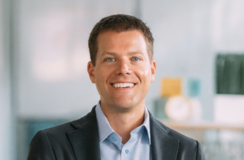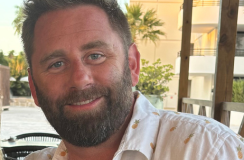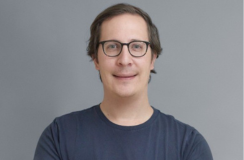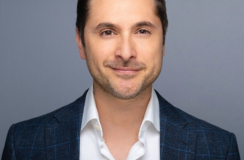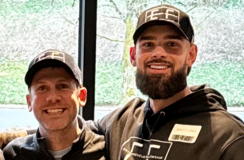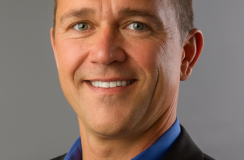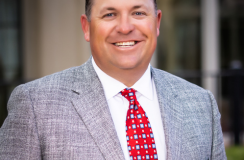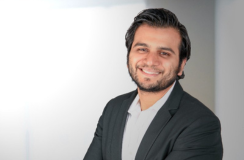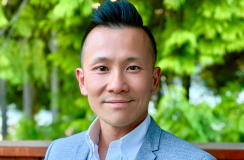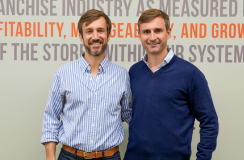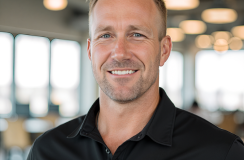ike Yarmo was working a corporate gig when he received an offer he couldn’t refuse.
He was running a snacks division for packaged food giant Con Agra.
Earning six figures.
Enjoying corporate perks.
He’d had entrepreneurial tendencies, a side project here and there.
But with a mortgage and a family, he’d been corporate for years – though the itch remained.
Enter: a family fund looking to acquire a distribution business.
Mike was doing business with them, using a co-packing facility they owned.
They had made fast friends.
“The owner didn’t have the will himself to fix the situation, or the next generation to pass the business on to, so that’s why it came on the market."
Over a meal one night in 2013, they asked about Mike’s future.
He mentioned his entrepreneurial aspirations.
And they made the pitch.
They had identified a distribution company to buy. Mike should put capital into the deal with them and come run the company as CEO.
He said yes.
Bad Margins, Good Opportunity
This family fund had already done the acquisition search.
They’d talked to a lot of business brokers, identified a few targets.
All the targets were distribution companies.
At the top of the list was VanMar Supplies and Distribution.
VanMar was a distributor doing about $7 million annually.
It supplied baking ingredients to Italian bakeries in the Toronto-New York region.
Think flour, yeast, sugar.
It was about 25 years old, and the owner wanted to retire.
He was just dialing it in at this point.
He’d go into the office once a week to collect checks.
Make sure the lights were on, bills paid.
But the checks he was collecting were getting smaller.
He hadn’t raised prices in five years.
Meantime his costs had gone up.
Not to mention, food delivery had low barriers to entry.
Any upstart hustler with a truck could come in and steal his customers with offers of cheaper sugar delivery.
“The owner didn’t have the will himself to fix the situation, or the next generation to pass the business on to, so that’s why it came on the market,” explains Mike.
But despite these issues, Mike and his partners saw potential.
No Matter How Diligent the Due Diligence...
For one thing, the bakery industry was growing.
Maybe not Italian bakeries, but fancy coffee shops had sprouted on every corner in North America.
“I used to work for Starbucks back in my corporate days at the head office in Seattle, and I had done a deep dive into what the coffee shop business looked like,” explains Mike.
“And there are so many independent shops out there, I thought if I just picked up a small market share of even those guys, I can turn this business around pretty quickly and get revenue back on track.”
“He did a really warm handoff to me.”
The other appealing aspect of VanMar was its 25-year history.
That’s a lot of goodwill and customer relationships.
But Mike didn’t take it for granted.
He needed to be sure that customers would stick with him if he acquired the business.
So he insisted on speaking with them.
Fortunately the owner was game.
“He was comfortable enough to show his hand to his customer base to say, ‘Hey I’m well into my seventies, I’ve got no next-generation to pass this on to, I need to move this business somehow, these are the guys to do it,’” explains Mike.
“He did a really warm handoff to me.”
At which point Mike Pareto-principle’dthe customer list, talking to the 20 percent of customers who represented 80 percent of the revenue.
Responses were good.
“Yeah, sure, we’ll continue to buy from you,” they said.
So Mike & team closed on the business.
…Due Diligence Can’t Eliminate All Risk
Despite all this effort to reduce risk, very soon after the deal closed, the situation became dicey.
Remember those hustlers with a truck?
They got wind of the acquisition and smelled blood.
They slashed prices and went after the customers Mike had diligently interviewed to get assurances from.
Assurances that turned out to be worthless, lip service.
Revenue started declining – fast.
It was the nightmare scenario:
Mike had left his cushy corporate gig.
Acquired a business he was now responsible for.
Invested his own capital.
Signed up as CEO.
And now that business was cratering.
"Own the Freezer"
Mike didn’t want to compete in a price war.
VanMar’s margins were already bad.
Instead, he went looking for new opportunities to leverage the business’s existing assets.
He tracked down customers, hundreds of them.
“I talked to 200 chefs and restaurant owners and grocery store owners and food & beverage managers,” he explained.
“As many as I could talk to, I wanted to find out what they are struggling with.”
Fortunately there was a clear answer.
“Every single one said, ‘I’m not really happy with my frozen food business.’”
Bingo.
Turns out, there just wasn’t a good local distributor supplying frozen foods.
It’s difficult to find staff to spend a few hours a day in a freezer, so distributors stayed away.
But Mike figured if he could minimize employee time in the freezer, and retrofit his fleet of trucks with freezers, VanMar could serve the screaming demand.
Also, with full-freezer trucks he could distribute a wider variety of frozen foods.
Which would allow his customers to expand their own offerings and his vendors to push more product.
Over the next couple years they doubled revenue to about $14m while also expanding their margins.
Mike put the wheels in motion.
At the same time, he started repositioning the VanMar brand.
The company’s mantra became “Own the freezer.”
Mike went back to those customers and said, “You’ve got a meat supplier. You’ve got a produce supplier. Now I want to be your frozen food supplier.”
And he kept these customers in the loop as he progressed through the pivot.
“I’d tell them, ‘Hey I just ordered a new industrial-sized freezer. Hey, I just retrofitted my trucks.’”
Constantly building excitement for VanMar’s relaunch.
An Unexpected Offer
The strategy worked.
“We grew quickly year one (after that first quarter of lousy results) and started taking the profits of the business and reinvesting into more headcount.”
Over the next couple years they doubled revenue to about $14m while also expanding their margins.
They made a few more acquisitions to quickly gain more customers.
VanMar earned a reputation as a leading frozen food distributor in their market.
Once they doubled the margins, they were able to sell the business at 5x earnings.
After about four years, a much larger regional distributor approached them.
Would they sell to this bigger competitor?
“I had been the CEO for five years, and frankly felt a little tired. Turning a business around and driving a new market is never easy,” recounts Mike.
And the offer was good:
5x what they had acquired VanMar for a few years earlier.
So in 2018, they sold.
Positioning the company as a niche leader – frozen foods – had made it a strategic buy for any firm looking to bolster its offerings in that area.
The improved revenue and margins were also attractive.
The quality of VanMar’s earnings was now much higher.
When a company exceeds certain earnings thresholds – like $1m per year – banks consider it less risky and will offer lower interest rates on a loan to acquire that business.
Mike and his team acquired VanMar at 2x earnings, when the margins where terrible.
But once they doubled the margins, they were able to sell the business at 5x earnings.
And while they sold earlier than they had expected, in fact they nailed their original goal.
“The goal was to get the earnings up to a point where more and more people are interested in this business,” Mike explains. “And all of a sudden they’re willing to pay more. And all of a sudden the multiples on the earnings start increasing.”
“So that was our thesis. At its current size [when we bought it], it was a 2x maybe 3x multiple business. If we got it to the size we thought we could, we thought the margin multiple would increase giving us that extra kicker.”
Teaching the Game
Since his success with VanMar, Mike has made a career of turning around small businesses.
Now he’s a director at Newpoint Advisors, a turnaround consulting firm.
But he’s also trying to get more entrepreneurs interested in the space.
“As I was getting into the professional side of distressed business, I realized there was a huge gap there to understand what a distressed business turnaround process looked like.”
He gets a lot of questions about it.
“A lot of people want to know, ‘How do I do what you did?’”
Instead of having to learn on the job, as he did, Mike wants to meet this demand for, call it, distressed turnaround education.
To that end, he’ll be launching a course.
But in the meantime, you should follow him on Twitter at @michaelyarmo or subscribe to his newsletter.






%20-%20thumbnail.png)

.png)




%20-%20thumbnail.png)
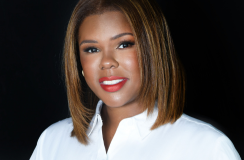

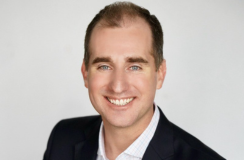

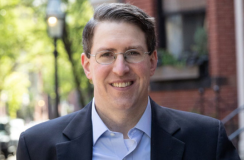

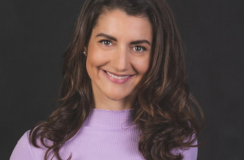

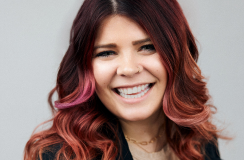
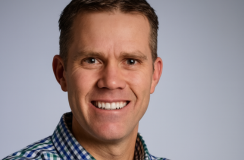

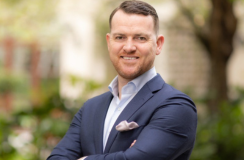



%20-%20thumbnail.png)


